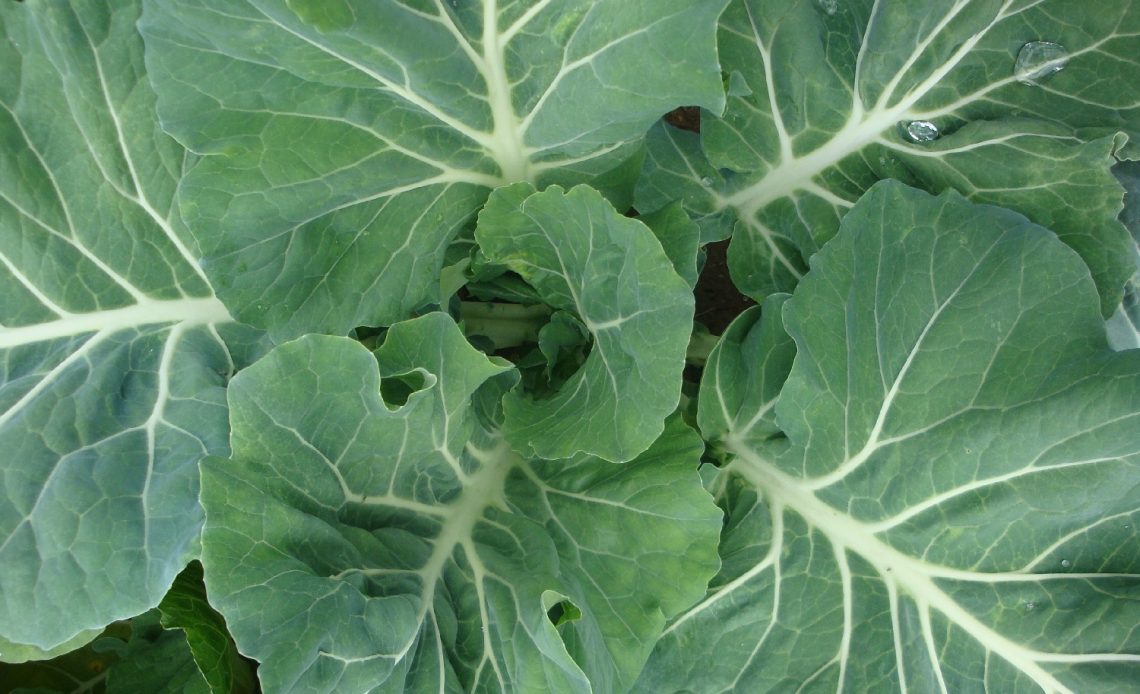

We’re here to help! Wild Yards is a completely free website that is 100% dedicated to helping you create a wildlife-friendly, sustainable yard. Read more
WildYards is reader-supported. When you buy a product through a link on our site, we may earn a comission. Every product is independently selected by our (obsessive) editors and our reviews are unbiased and objective. Read more about our mission or our privacy policy.
Whether green waves, kodiaks, or red giants, mustard greens are wonderful to watch growing in your wild yard. In many cases, they’re tasty, too – but did you know that there are some mustard greens companion plants that can help produce larger, tastier yields?
Thyme, pea plants, rosemary, alliums, and mint are just some of the best companion plants to grow alongside your mustard greens. Some will help to protect your crops against pest attacks, while others can improve the flavor of your harvest.
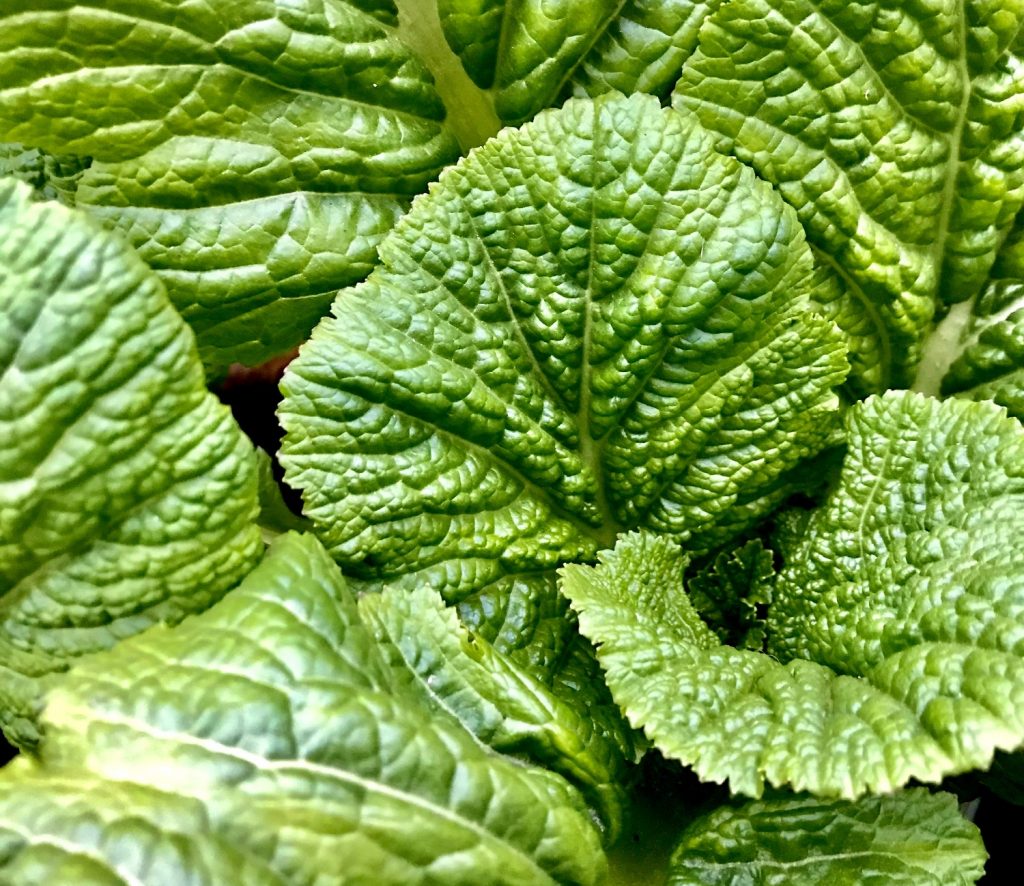
Why is it worth companion planting with mustard greens?
Planting certain companions alongside various mustard greens can help to stimulate growth and provide you with a healthier, more bountiful harvest. Some plants, for example, can help to ward away aphids and moths that are likely to damage your greens if left unprotected. Various species may do this by producing a confusing scent or deterring them through toxicity.
Other plants may ‘fix’ the nitrogen in your soil, meaning your mustard plants benefit from a more nutritious growth medium. Others may help to aerate your soil to ensure that your mustard plants have enough space to spread their roots out and feed whenever they need to. Many mustard greens also need shade, meaning taller growths with large, splaying leaves can help provide coverage.
Not all plants are great companions for mustard greens, thanks to their propensity for attracting disease and pests of their own. Some plants may even compete for more nutrients than your mustard greens can manage!
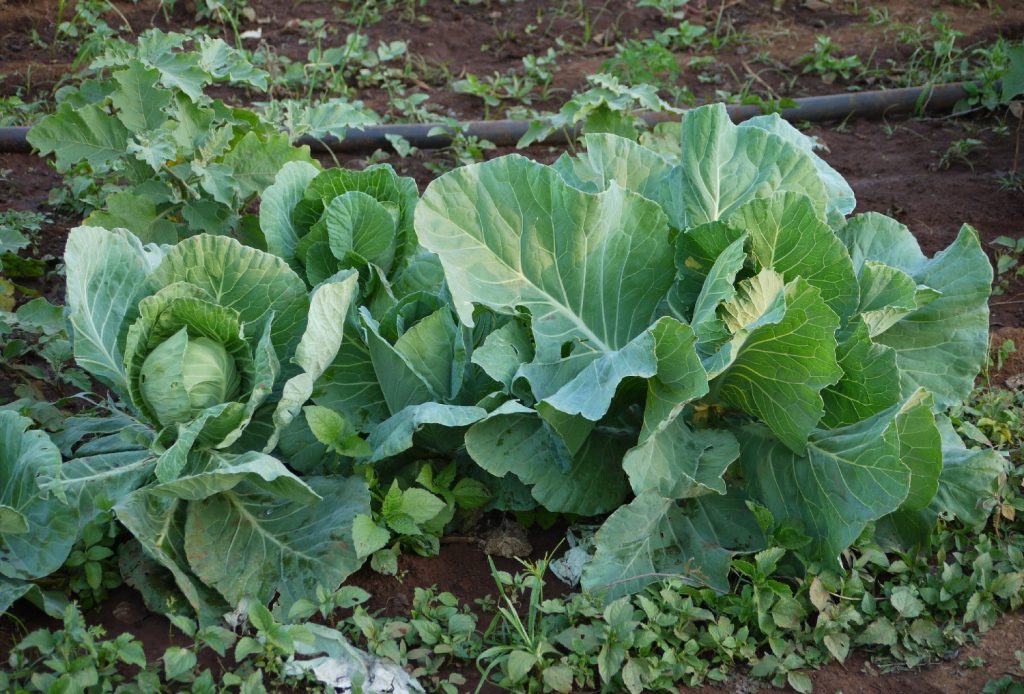
It’s also a great idea to grow pollinator-friendly plants alongside your mustard greens to encourage further growth. Attracting bees, wasps, hummingbirds, butterflies, and more to your plot can help your greens propagate and thus produce higher harvest yields.
Remember the golden rules for growing mustard greens – your soil should be draining well but gently moist, and they should get up to eight hours of sunlight per day, with some species preferring half shade. Most species of mustard green prefer a soil pH of around 6.5 (with 6.8 being the upper limit), so look for companions that demand the same.
What are some of the best companion plants to grow with mustard greens?
Many vegetables and flowers can help your mustard greens grow strong, healthy, and numerous – and here are just 13 of them.
Alliums
Alliums – typically garlic and onion plants – are pungent yet powerful in protecting mustard greens, offering a scented shield against aphids and other hungry pests. Brassicas benefit massively from both this natural deterrence and the extra flavor that some alliums can bring to the soil.
Garlic is likely the ‘safer’ option when companion planting with mustard greens for the first time, as it’s not a problematic neighbor. Onion plants grow thick and fast and will quickly burrow into the soil to steal nutrients for themselves. If you can carefully balance onions with mustard greens, it’s a tasty pairing – but one that needs constant vigilance during growth.
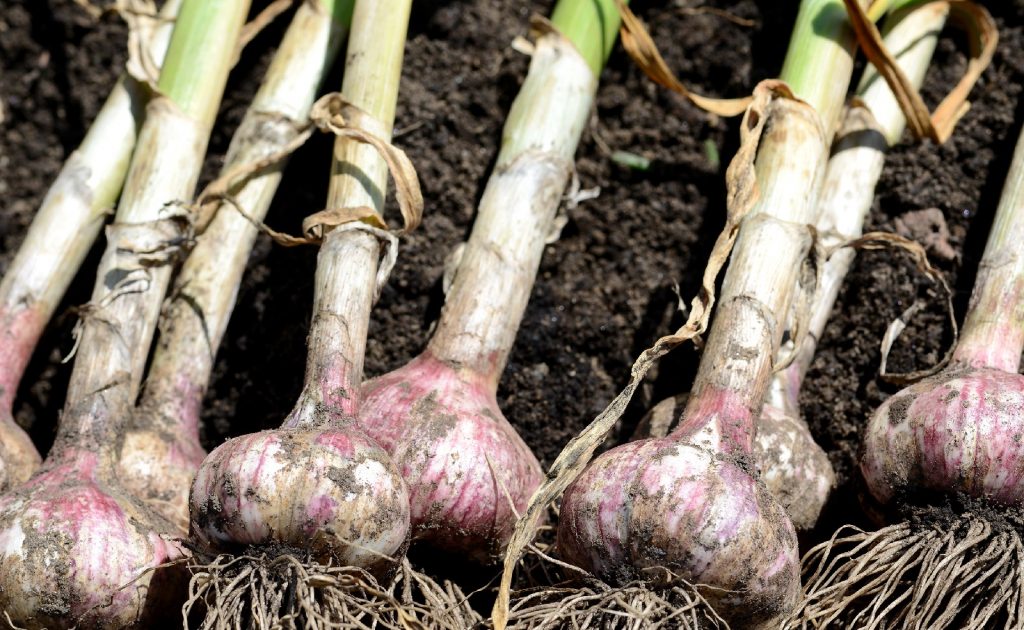
Corn
Corn is extremely easy to grow alongside mustard greens thanks to their shared soil needs, but it’s the mustard green’s turn to act as a protector. Leafy brassicas can help to quickly cover the soil beneath corn stalks to prevent weeds from stealing nutrients and stunting growth.
In return, healthily-growing corn will provide mustard greens with lots of shade (should they require it).
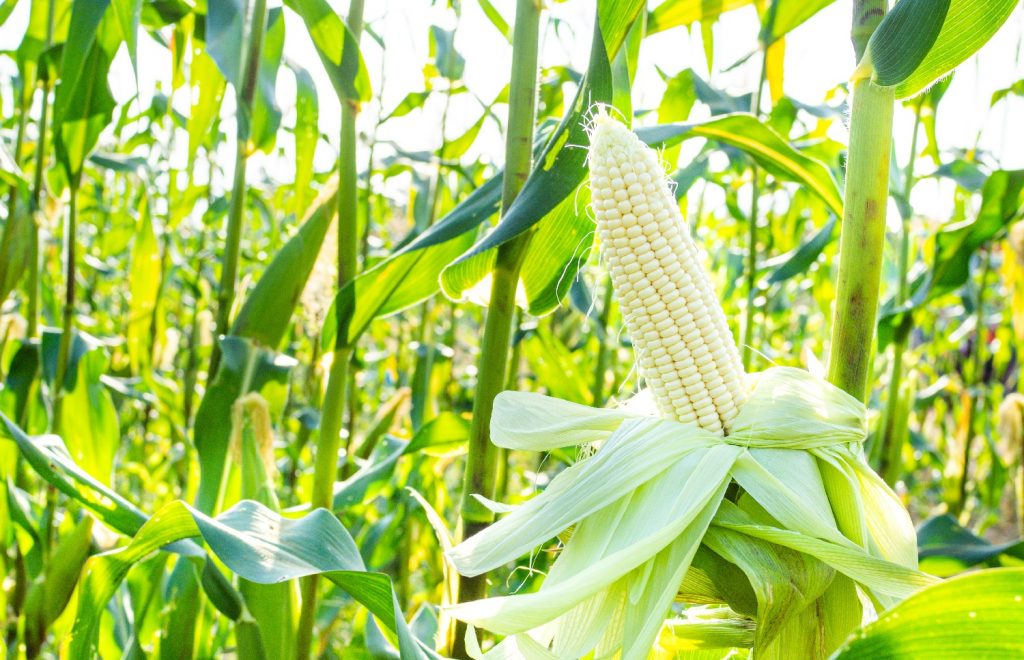
Rosemary
Rosemary is a brilliant all-around companion plant thanks to its pest-deterring aroma – and mustard greens benefit particularly from its ability to turn away cabbage moths (and therefore larvae). Moth larvae will quickly ravage your greens as they’ll use your plot as a host patch unless deterred.
Rosemary is one of several aromatic herbs that grow well as a pungent perimeter. Consider growing sage, thyme, and even oregano in the same plot to quadruple the effect. Sage companions can also deter slug attacks.
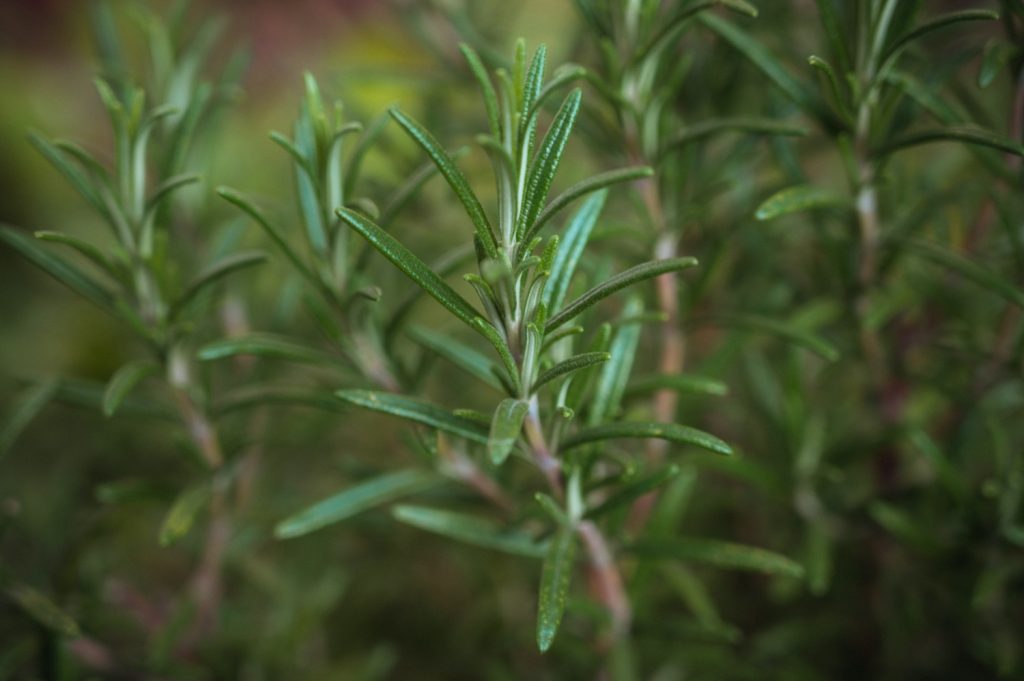
Chamomile
Chamomile’s fame as a companion plant stretches beyond mustard greens, thanks to its natural antifungal properties and whitefly deterrent scent. Both types of chamomile are great for attracting insect predators to your plots, with the German variety recommended for the most height.
Chamomile also makes delicious tea when harvested and may even help to change the taste of your mustard greens if you pick all crops simultaneously.
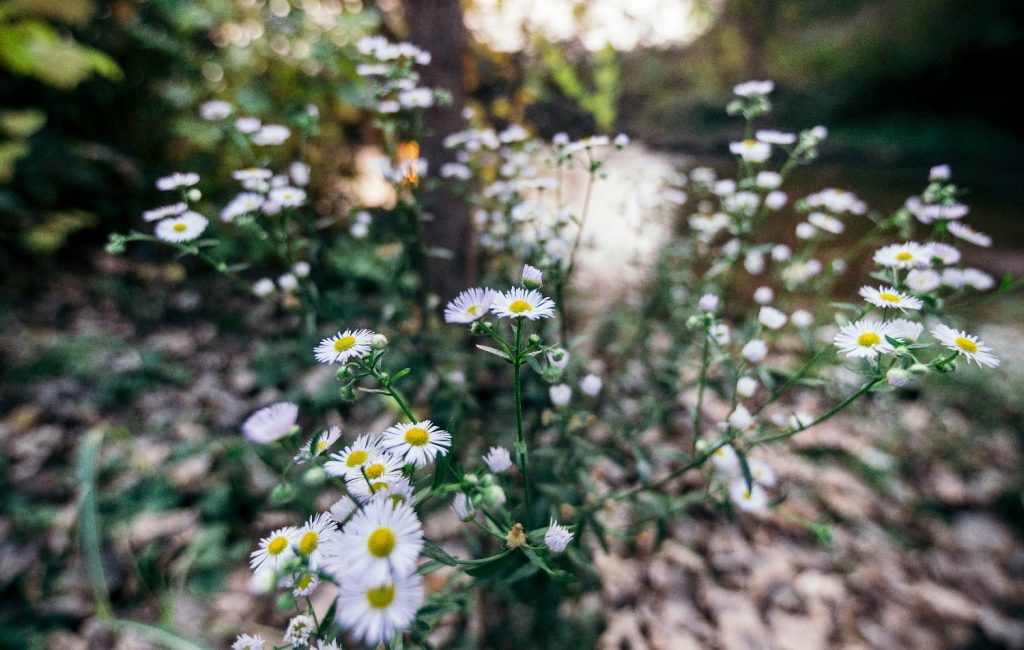
Cucumber
Cucumber plants can be sensitive to various pests and diseases, but they’re great at helping to loosen your compost or growth medium. This helps to ensure sensitive brassicas can spread out faster and grow larger yields. As with other edible companion plants, you can also harvest cucumber and mustard greens alongside one another.
Cucumber and mustard greens will likely benefit from a further companion or two to help deter pests. Avoid nitrogen-sensitive growths such as rosemary, and opt for flavor-boosting companions such as chamomile that can look after both. You may also wish to consider growing peas to help ‘fix’ the nitrogen in your soil.
To deter invasive animals larger than insects from coming into your yard, grow cucumber and mustard greens together as a natural perimeter. Deer dislike eating cucumbers, for example, and are deterred by the flavor of mustard greens.
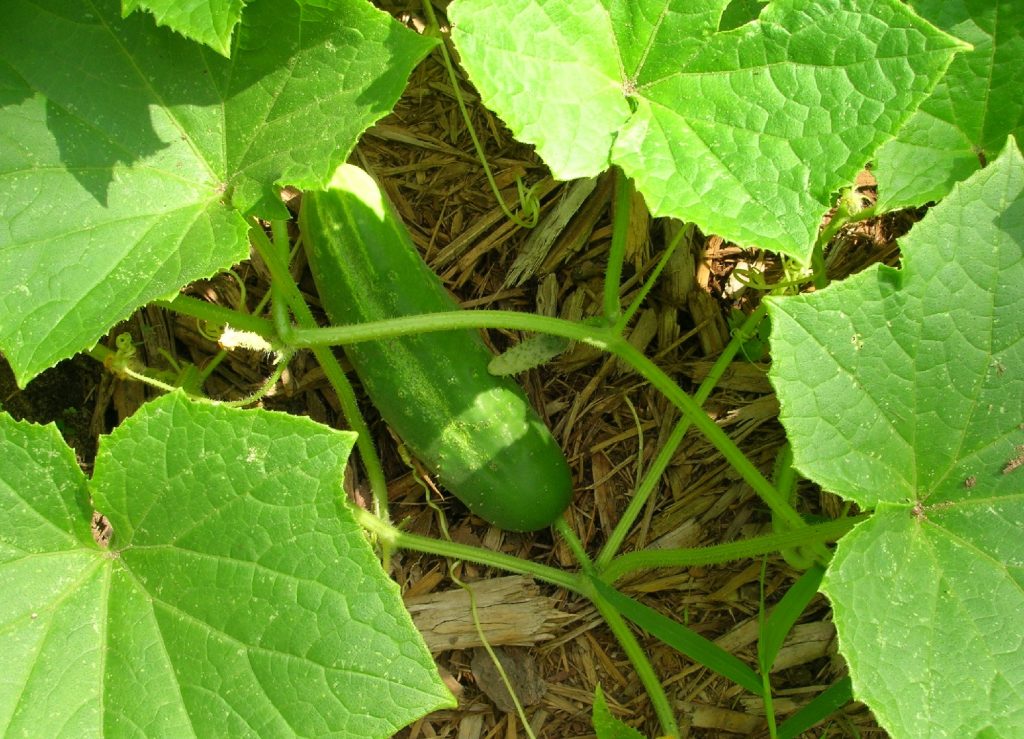
Pea Plants
Peas are superb ‘nitrogen fixers’ that can alter soil makeup to produce more nutrients for fast-growing plants and vegetables (such as mustard greens). Peas are also ideal for helping to keep your soil aerated and loose, a must-do for fast-growing, far-reaching mustard greens.
Peas and beans tend to be the easiest nitrogen fixers to grow en masse, though many bean plants don’t neighbor well with mustard greens – more on this a little further down.
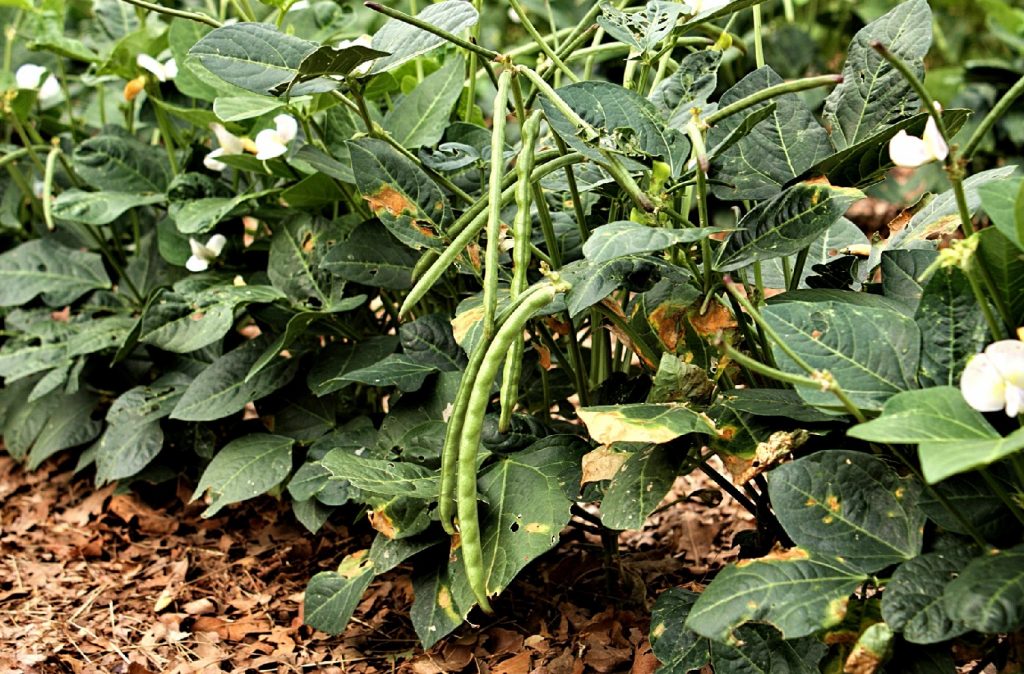
Celery
Celery and mustard greens offer mutual benefits – celery can help to deter some of the more invasive bugs and minibeasts from munching away at your mustard. At the same time, mustard greens can prevent larger animal attacks. Deer love celery – but with a barricade of pungent, strong-tasting mustard greens growing around, they may not come any further into your plot.
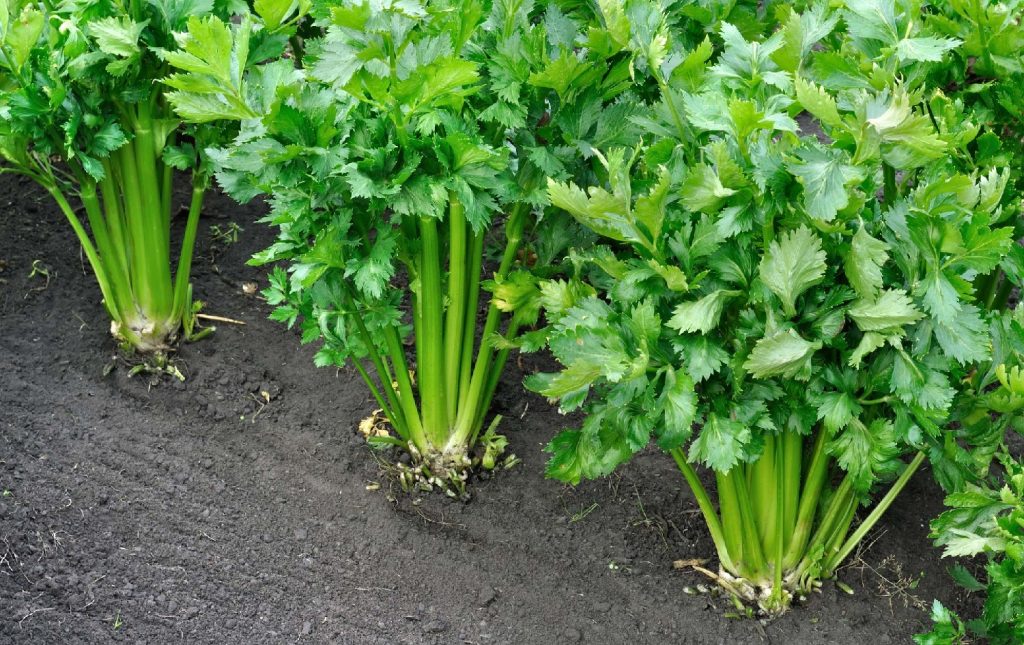
Dill
Thanks to its insect predator appeal, dill is one of the more powerful companion plants to grow in a vegetable plot. A healthy crop of dill will welcome ladybugs, braconid wasps, and hoverflies to your mustard greens, which will take care of destructive minibeasts and help your crops grow stronger for longer.
Dill’s also very easy to keep growing across the warmer months, and you can keep replanting it as your mustard greens continue to flourish. This is great news for some brassicas that may start to struggle for nutrients during more arid periods. Dill will even persist all the way into fall, which means you can keep attracting useful pollinators to your plot when your mustard greens may no longer appeal to them.
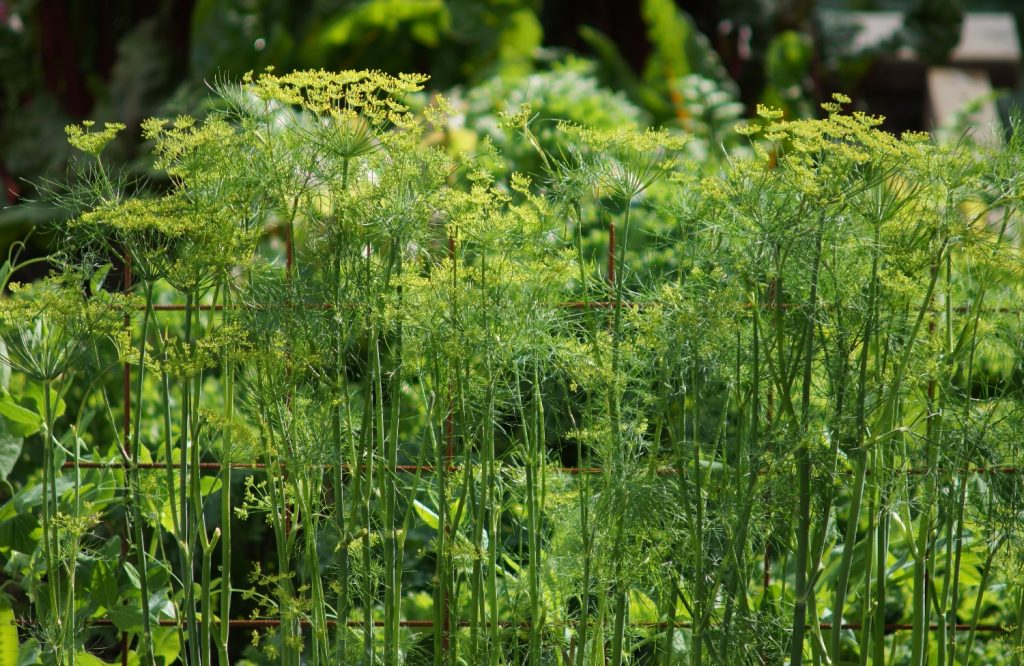
Yarrow
Yarrow is ideal for growing alongside mustard greens thanks to its attractive power in welcoming ladybugs and other insect predators. While it may be seen as a weed to some extent, yarrow is one of the best allies you’ll have in fighting back endless waves of aphids.
Yarrow will also help to keep your mustard greens and other vegetables well-pollinated, and you may even find it gives your plot an extra splash of color. Best of all, it’s extremely easy to grow and propagate.
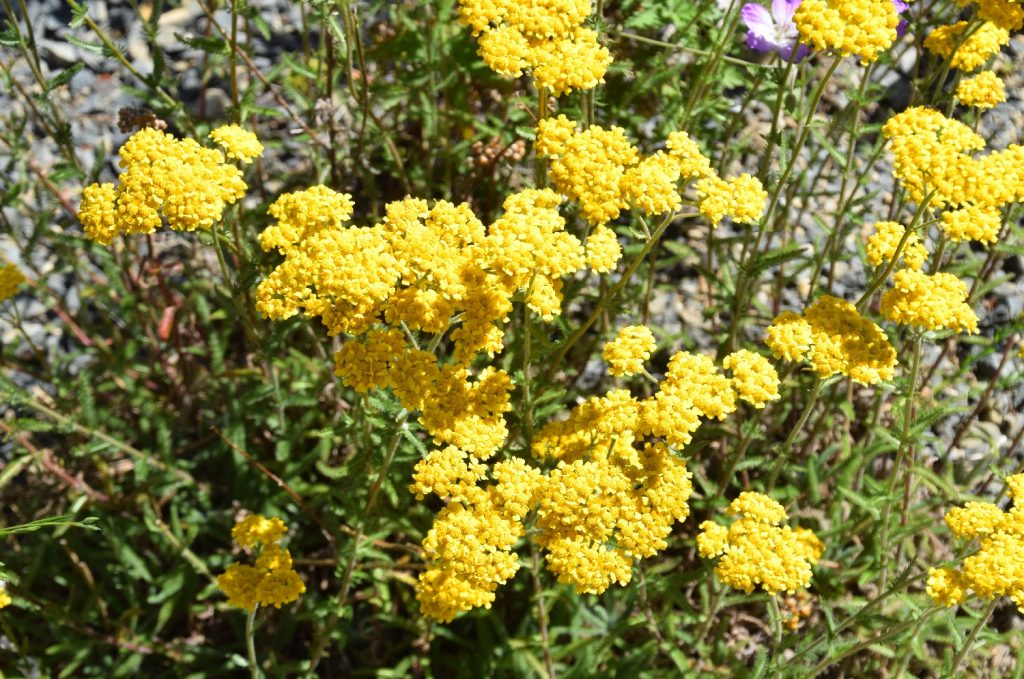
Marigold
The marigold is another ‘superfood’ for your mustard green plot thanks to its distinctive odor. Marigolds will typically repel most animals, in particular invasive, hungry bugs and even deer. The downside is that bees and hummingbirds don’t tend to visit marigolds much, but you’ll expect to welcome lots of different butterflies.
Marigolds are great companions alongside mustard greens later in their life cycle, too – when you mulch mustards and specifically French marigolds, you’ll have a strong repellent against destructive worms such as nematodes.
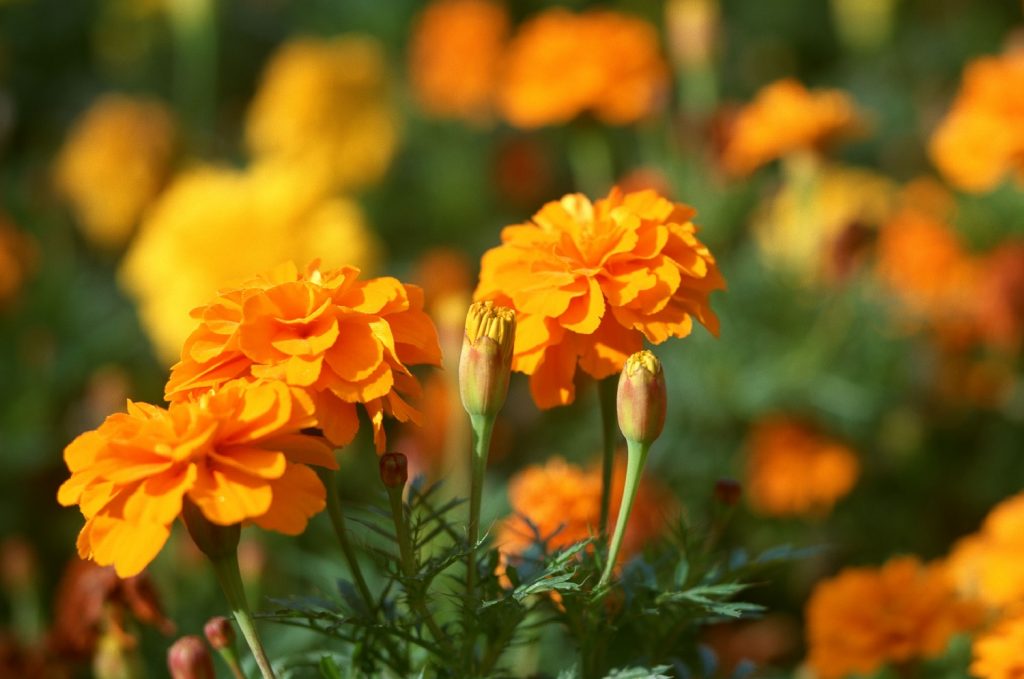
Fennel
Much like dill, fennel will attract many aphid eaters such as lacewings. It’s also possible to harvest fennel and mustard greens together for the dinner table – and you may find their tastes complement each other.
This companion tends to be fairly unproblematic to grow alongside mustard greens, but be careful that you’re planting fennel and not a lookalike. Hemlock, for example, is particularly harmful and is toxic to ingest. You’ll likely deter animals from your mustard plants with hemlock, but don’t make the mistake of harvesting it. It’s best to check the flowers – fennel blooms in vibrant yellow and smells much sweeter than hemlock.
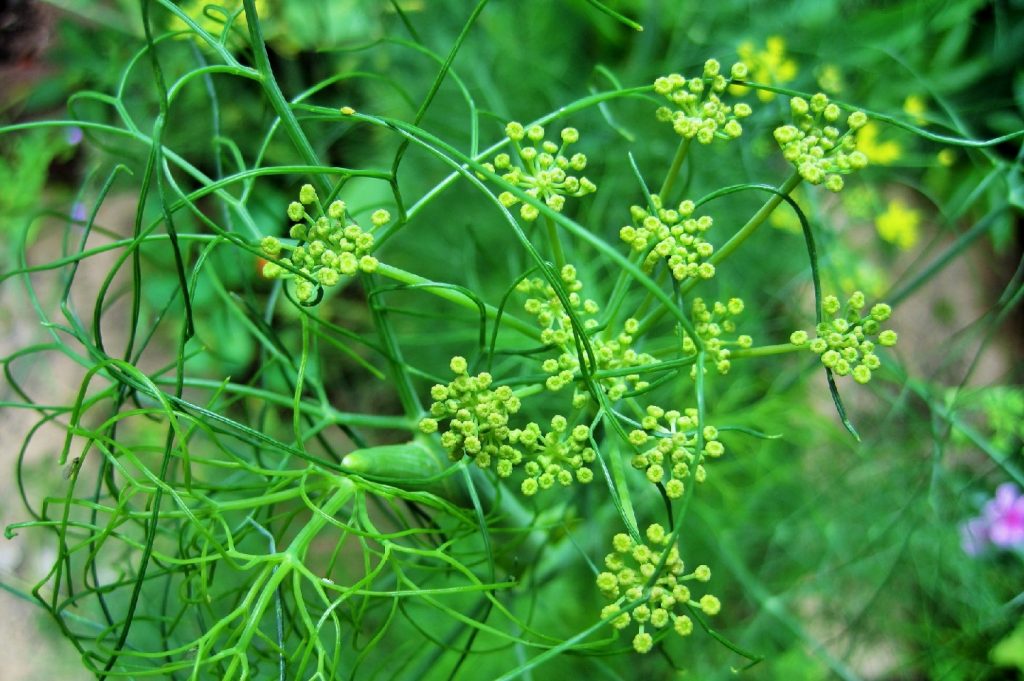
Mint
Mint can be a difficult companion to balance with some growths, but it’s fantastic at helping to keep moths (and their larvae) away from sensitive mustard greens. Without mint companions, mustard greens may risk becoming hosts to hungry larvae that stunt growth.
The problems with growing mint alongside other plants arise because it’s extremely competitive. Mint will propagate wildly and grow extremely quickly, though there’s a chance some mustard green specimens may keep pace. To avoid choking your brassicas’ roots, it may be prudent to pot mint outside of your greens’ soil and still deter insects from invading your plot.
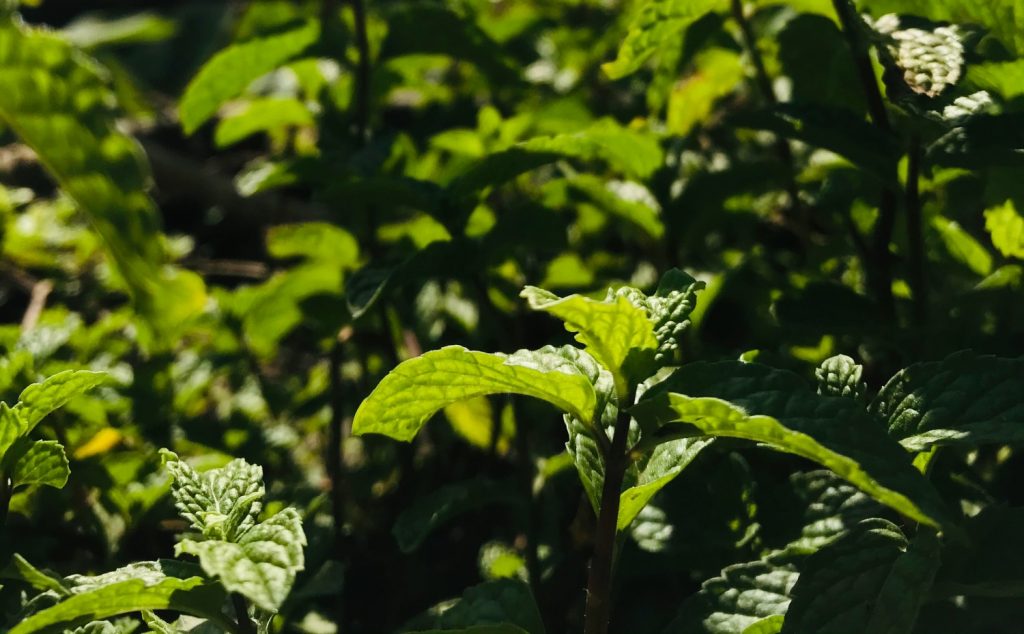
Buckwheat
Buckwheat is a great friend of mustard greens thanks to its trap crop status – which means it’ll attract nuisance pests and keep them from attacking your brassicas.
Buckwheat will also help to keep weed populations in check and attract hoverflies to prey on any insects that pass through the perimeter. Fascinatingly, buckwheat can even help to add extra nutrients to your soil, providing mustard greens with additional calcium, for example.
You’ll likely need to plant an aphid-repelling third companion alongside a mustard green-buckwheat pair, as both plants suffer from their frequent attacks.
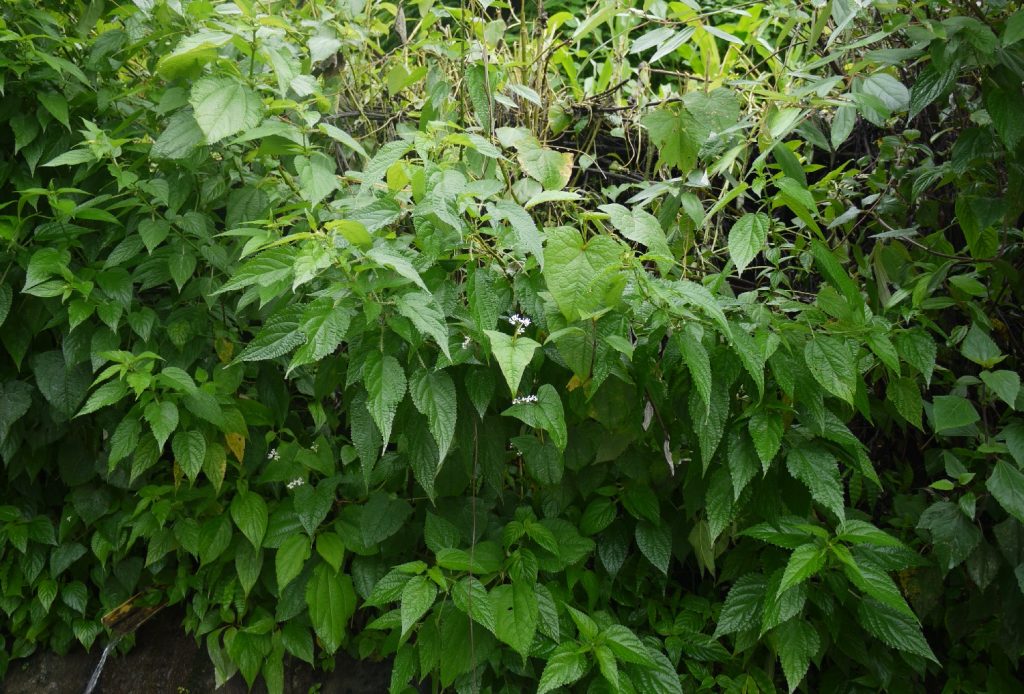
Which plants should I avoid growing with mustard greens?
While fast-growing in the main, mustard greens can be extremely susceptible to insect attacks and various diseases. Some companion combinations can lead to mustard plants developing these problems more easily – always avoid growing the following specimens.
Strawberries
Strawberry plants suffer from the same insects and diseases as mustard greens. For example, you’ll likely find more aphids and slugs attracted to your mustard plants if strawberries are nearby.
Strawberries will also choke out other brassicas as they’re extremely competitive, despite the fact mustard greens grow quickly. It’s impossible to expect healthy strawberries and mustard greens in the same container or bed.
Bean plants
While some bean plants, like peas, bring a lot of nitrogen to the soil, many species will increase your mustard plants’ chances of developing mildew – the risk simply isn’t worth it. Some beans may also outgrow and completely block mustard greens from the sun. Avoid pole beans, bush beans, and soybeans, in particular, to avoid your mustard greens developing growth problems.
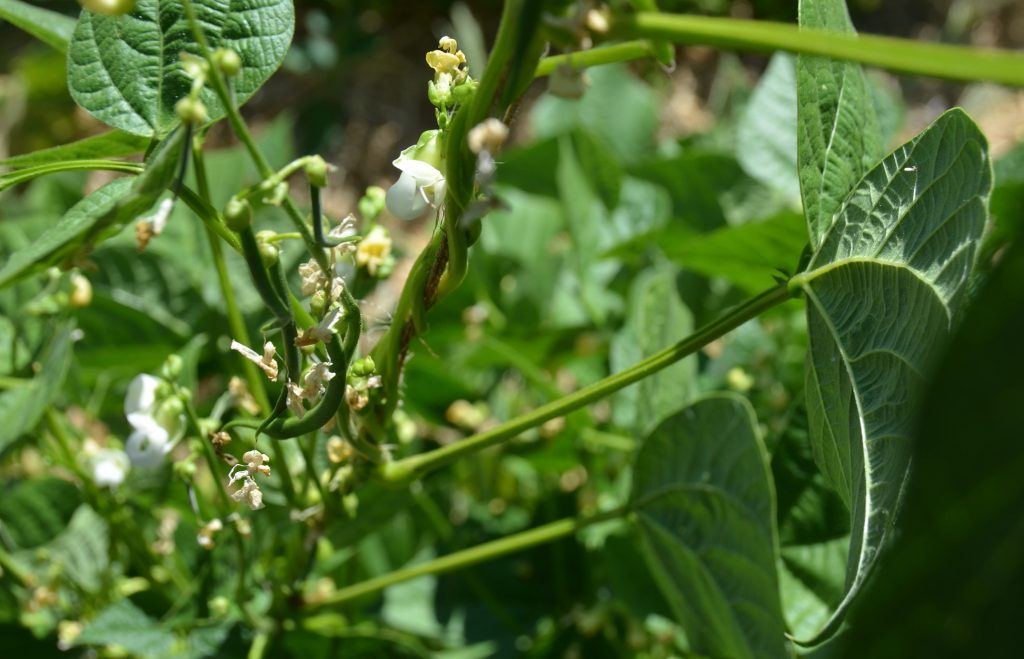
Sunflowers
While sunflowers will attract most pollinators to your plot, they will also carry diseases that stunt the growth of your mustard greens, such as downy mildew and white rust. It’ll also be unhealthy for your sunflowers, as brassicas can simply pass these diseases straight back to your blooms over time – nobody wins in this scenario, so plant your sunflowers elsewhere.
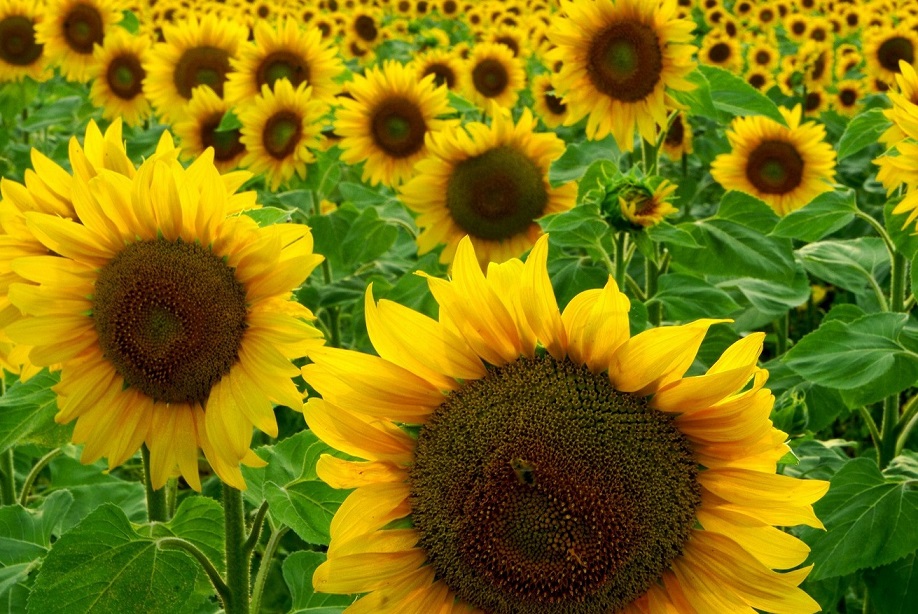
Most nightshades
Common types of nightshade, such as tomatoes, peppers, potatoes, and eggplant, can fall prey to verticillium wilt, which spreads extremely quickly along mustard greens and other sensitive brassicas. This disease is easy to control in nightshades but can potentially destroy a mustard green crop in a matter of weeks.
Nightshades will also fail in mustard greens’ favored soil pH, making them immediately incompatible. Potatoes and tomato plants, in particular, can compete fiercely for nutrients and water – and could prevent your brassicas from getting the nutrition they demand.
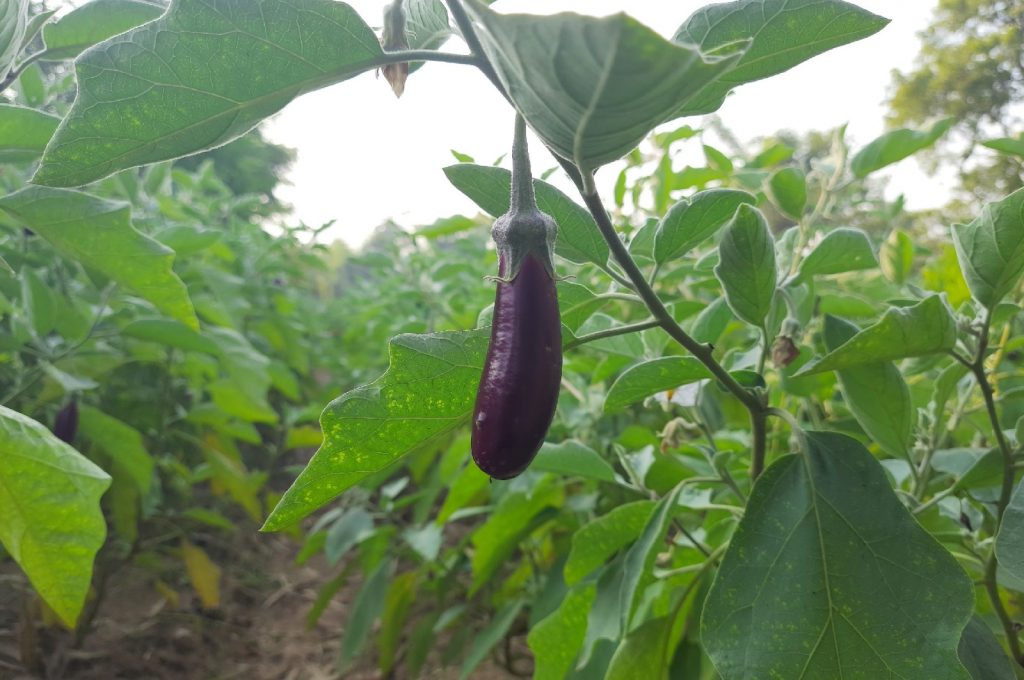
Is it really worth growing companion plants with mustard greens?
Yes – while mustard greens need little encouragement to grow strong extremely quickly, they are always at risk of getting eaten by various pests and animal visitors. You’ll need fragrant, distracting companions that will keep unwanted visitors at bay and help your greens grow to an impressive yield.
Try growing edible companions such as sage, rosemary, and fennel alongside mustard greens – and see if you can notice a delicious difference in taste!
